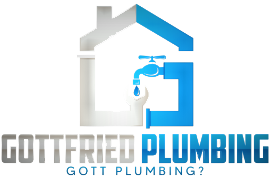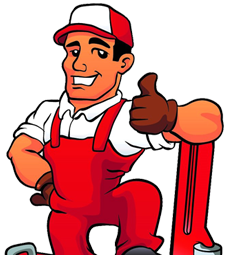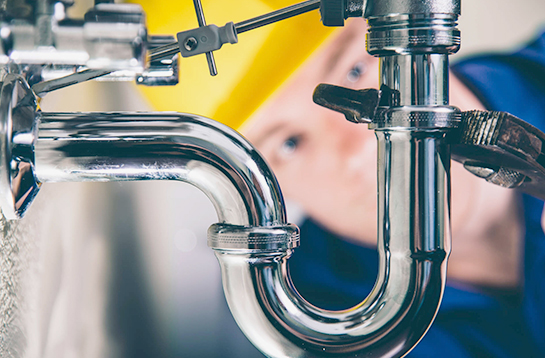Replacing pipes with stainless steel requires careful attention to detail to avoid common mistakes such as incorrect sizing, using incompatible fittings, ignoring thermal expansion, and skipping surface preparation. Accurate measurement and using the right fittings ensure system efficiency and prevent leaks.
Additionally, accounting for thermal expansion and thoroughly cleaning the pipes before installation can prevent warping and corrosion. When in doubt, hiring a professional plumber is best to ensure the job is done correctly and complies with local building codes.
Upgrading to stainless steel pipes greatly improves a plumbing system’s durability and corrosion resistance. However, installation can be tricky, and mistakes during replacement can cause inefficient systems, leaks, and higher maintenance costs.
This guide will explore the common mistakes to avoid when replacing pipes with stainless steel. By understanding these issues, you can ensure a successful and efficient installation.
1. Incorrect Sizing and Measurement During Pipe Replacement
One of the most common mistakes when replacing pipes with stainless steel is incorrect sizing and measurement. Getting the right pipe size is necessary for your system’s efficiency and functionality. Pipes that are too small can restrict water flow, leading to pressure issues and potential damage to the plumbing system.
How to Avoid This Mistake:
- Measure accurately before buying materials
- Follow the manufacturer’s specifications for the stainless steel pipes
- Consult a professional plumber if you're unsure about the sizing
2. Using Incompatible Fittings During Pipe Replacement
Using incompatible fittings with stainless steel pipes can lead to leaks and joint failures. Stainless steel requires specific fittings designed to work with its unique properties. Using fittings made from incompatible materials can cause corrosion and weaken the connections over time.
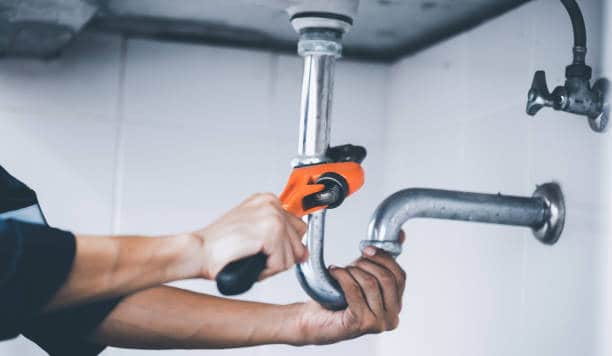
How to Avoid This Mistake:
- Always use fittings specifically designed for stainless steel pipes
- Ensure fittings are compatible with other materials if connecting them.
- Inspect fittings for any damage before installation
3. Replacing Pipe While Ignoring Thermal Expansion
Ignoring thermal expansion is another mistake people make when installing stainless steel pipes. Stainless steel expands and contracts with temperature changes. If this expansion is not accounted for, pipes can warp, buckle, or even burst.
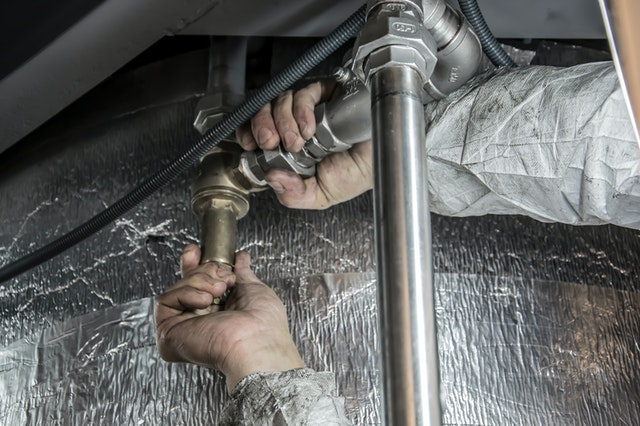
How to Avoid This Mistake:
- Install expansion joints or loops to allow for movement
- Leave adequate space for the pipes to expand and contract
4. Skipping Surface Preparation and Cleaning Before Pipe Replacement
Stainless steel pipes must be clean and free of contaminants before installation to ensure proper sealing and prevent corrosion. Dirt, oil, and other residues can compromise the integrity of the joints and lead to leaks and pipe failure.
How to Avoid This Mistake:
- Clean the pipes thoroughly with appropriate cleaners before installation
- Remove any oil, grease, or debris from the surface
- Inspect the pipes and fittings for cleanliness before connecting
When to Call a Professional Plumber for Pipe Replacement
Replacing pipes with stainless steel can be complex and require precision. Calling a professional plumber can save time, ensure the job is done correctly, and prevent costly mistakes. Professionals have the expertise and tools to handle the installation safely and efficiently.
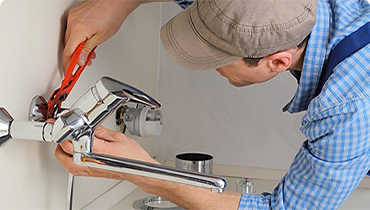
Why Hire a Professional:
Experience and Knowledge: Professionals understand the intricacies of stainless steel plumbing and can avoid common mistakes.
Quality Assurance: A professional installation ensures the plumbing system will function correctly and last longer.
Safety: Professionals can safely handle the tools and materials, reducing the risk of accidents or damage.
Compliance: Professionals are familiar with local building codes and standards, ensuring the installation complies with regulations.
Secure Your Plumbing Upgrade with Our Professional Stainless Steel Pipe Installation
Upgrading to stainless steel pipes is a smart move for enhancing the durability and efficiency of your plumbing system. However, the process involves several technical details that, if overlooked, can lead to significant issues such as leaks and system failures.
When in doubt, contact Gottfried Plumbing for your stainless steel pipe installation needs. Our award-winning service in Boerne, TX, combines technical expertise with a commitment to quality, ensuring your plumbing upgrade is done correctly and efficiently. Call us at (830) 331-2055 to schedule a consultation.
